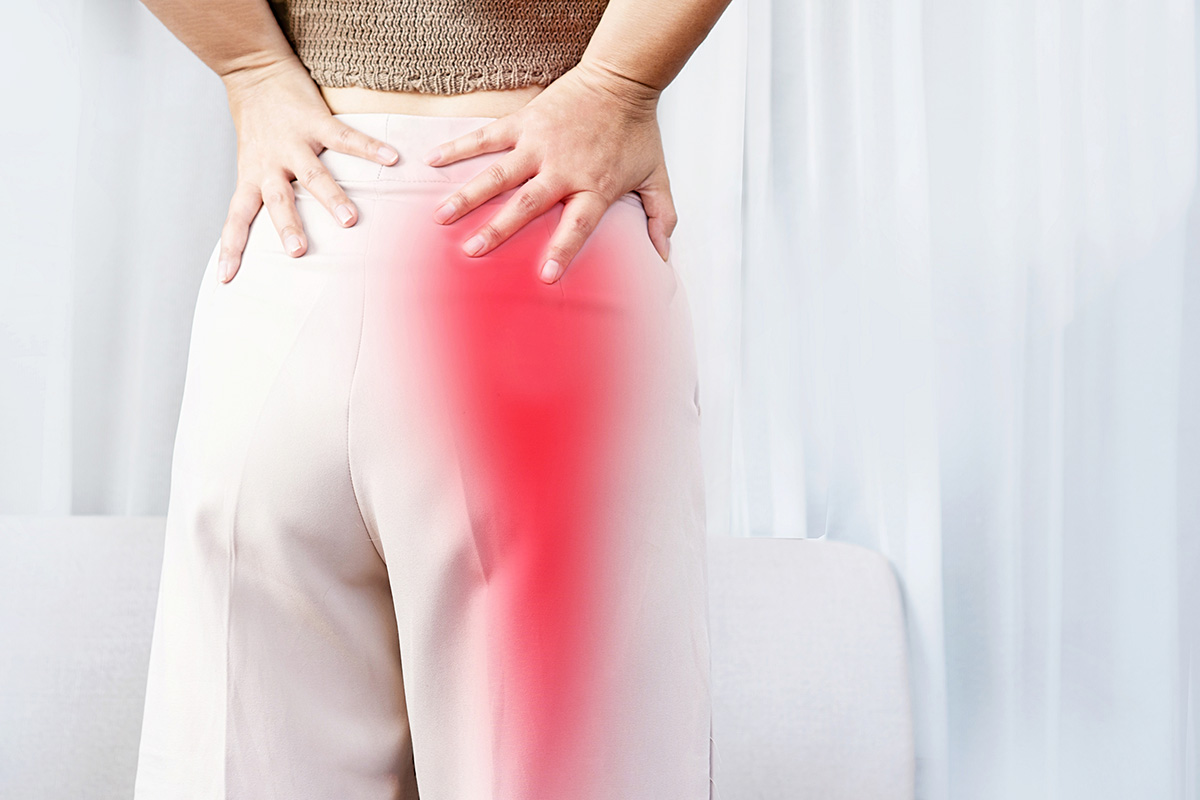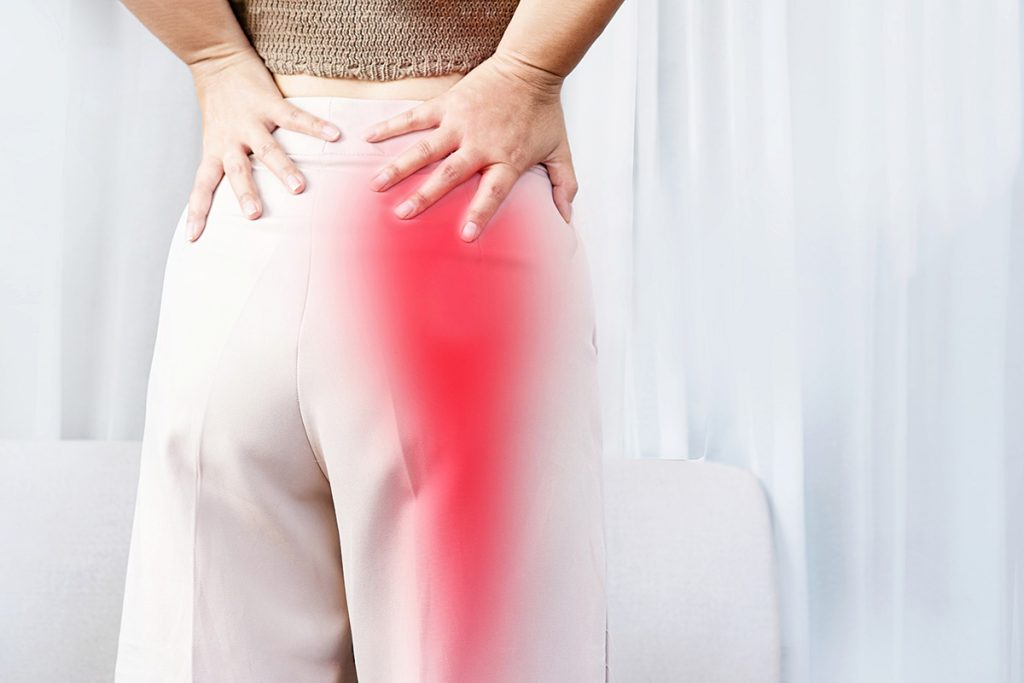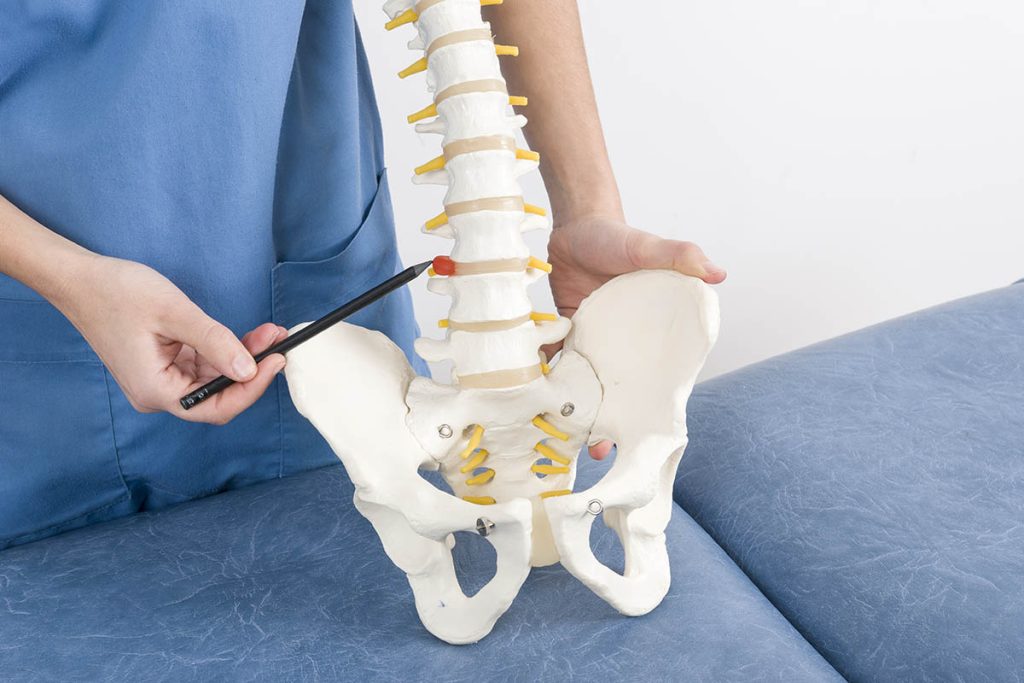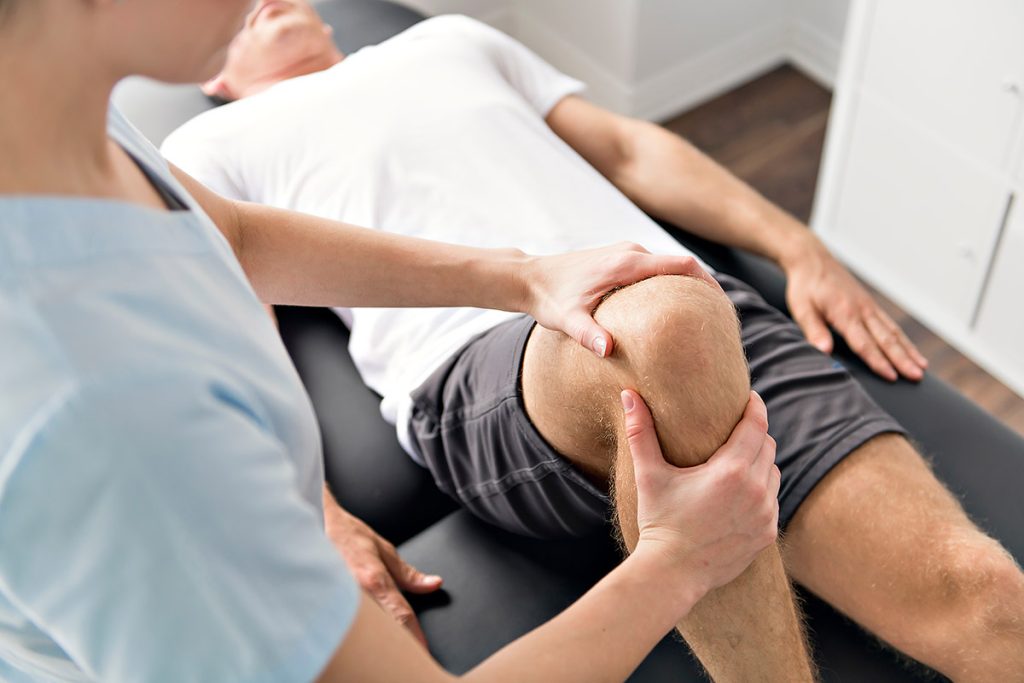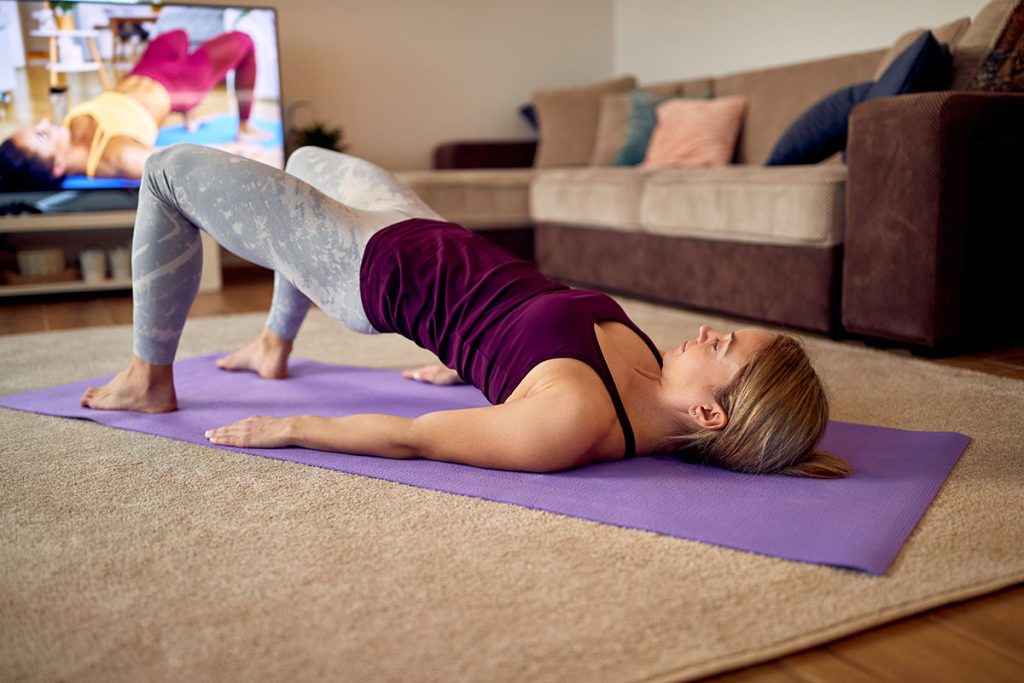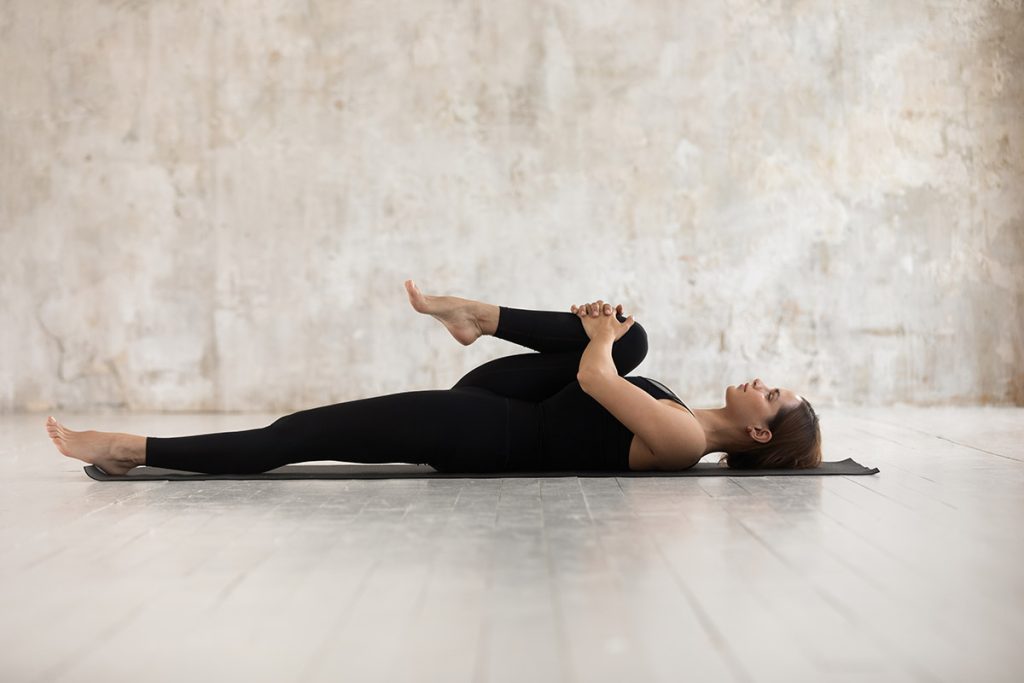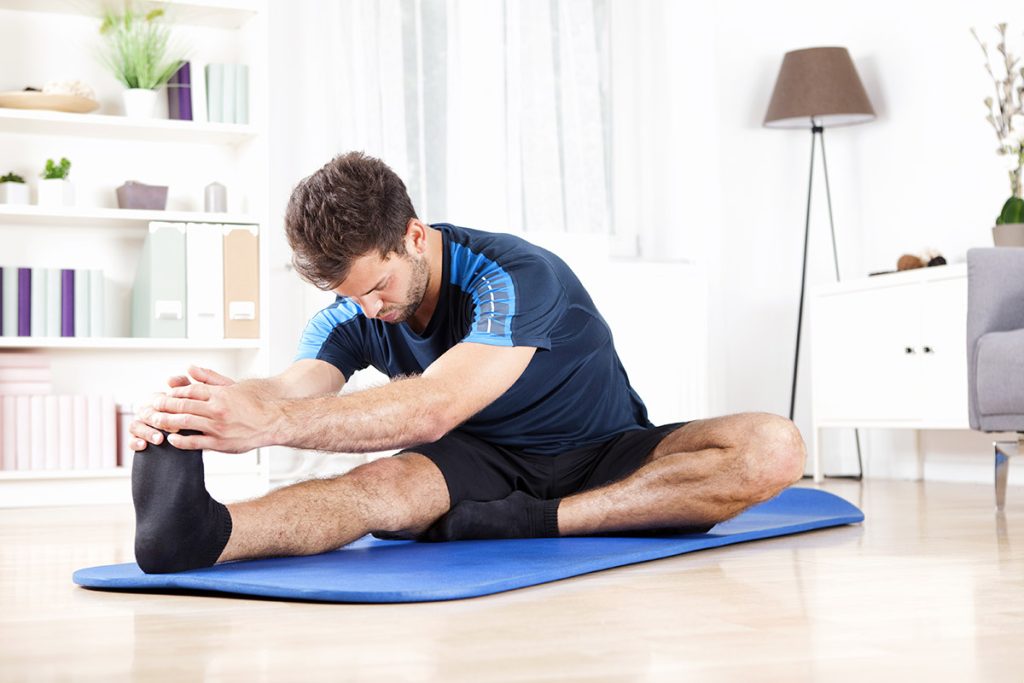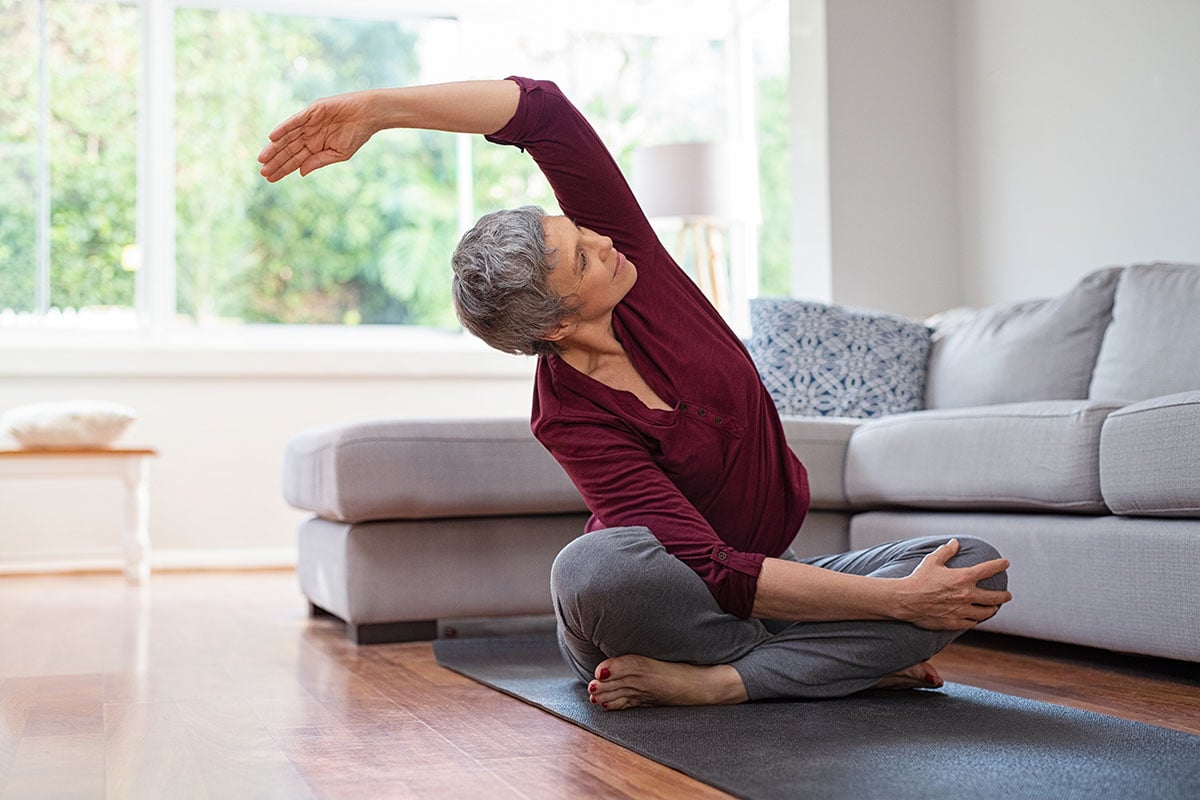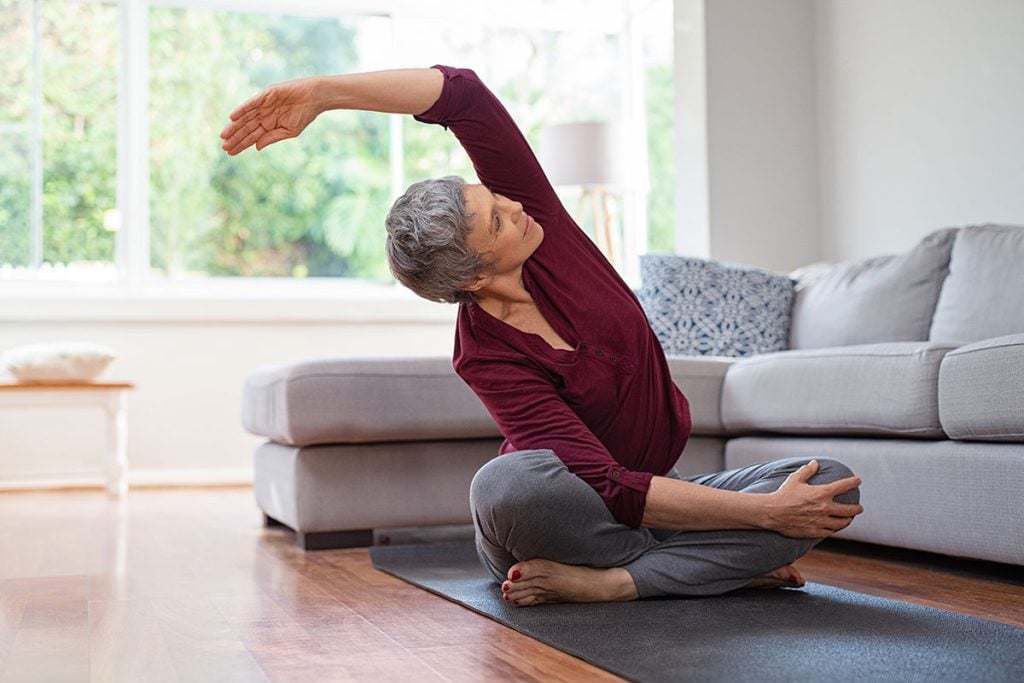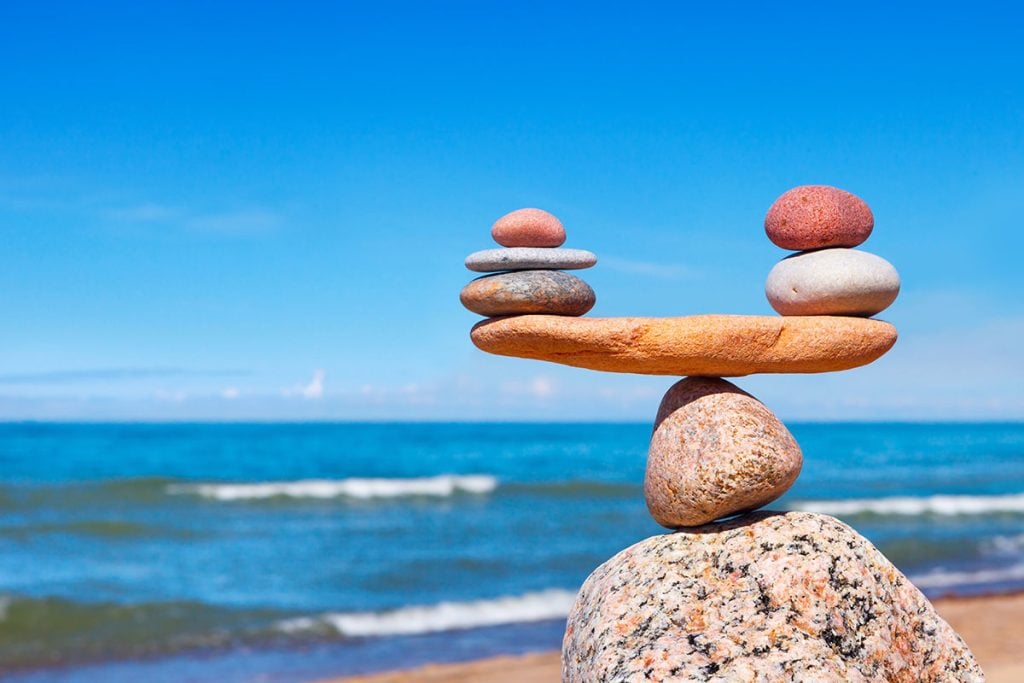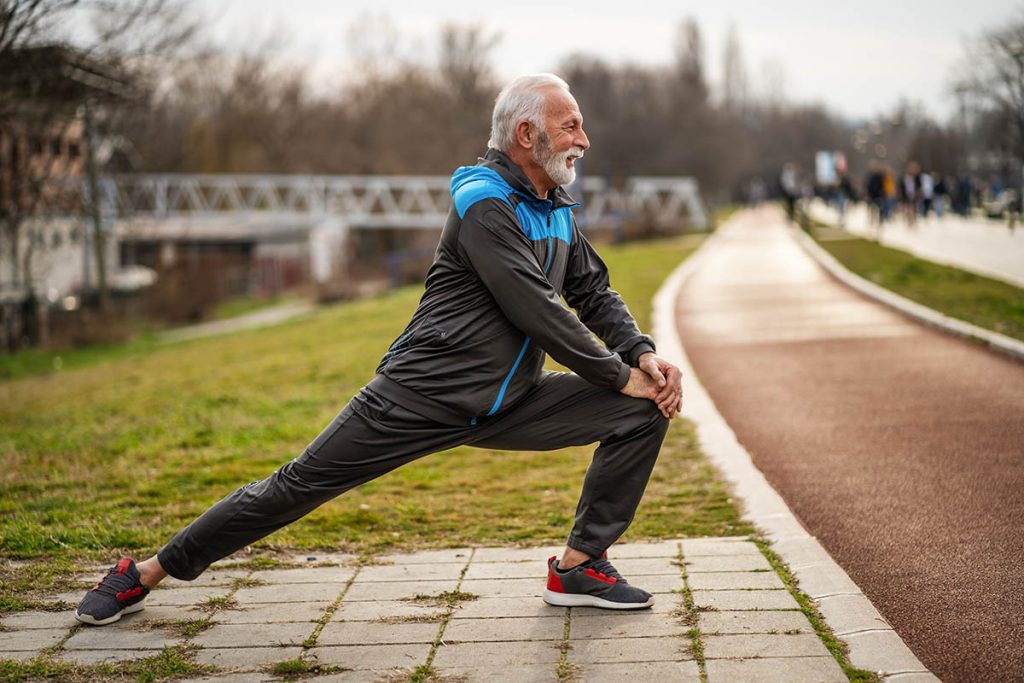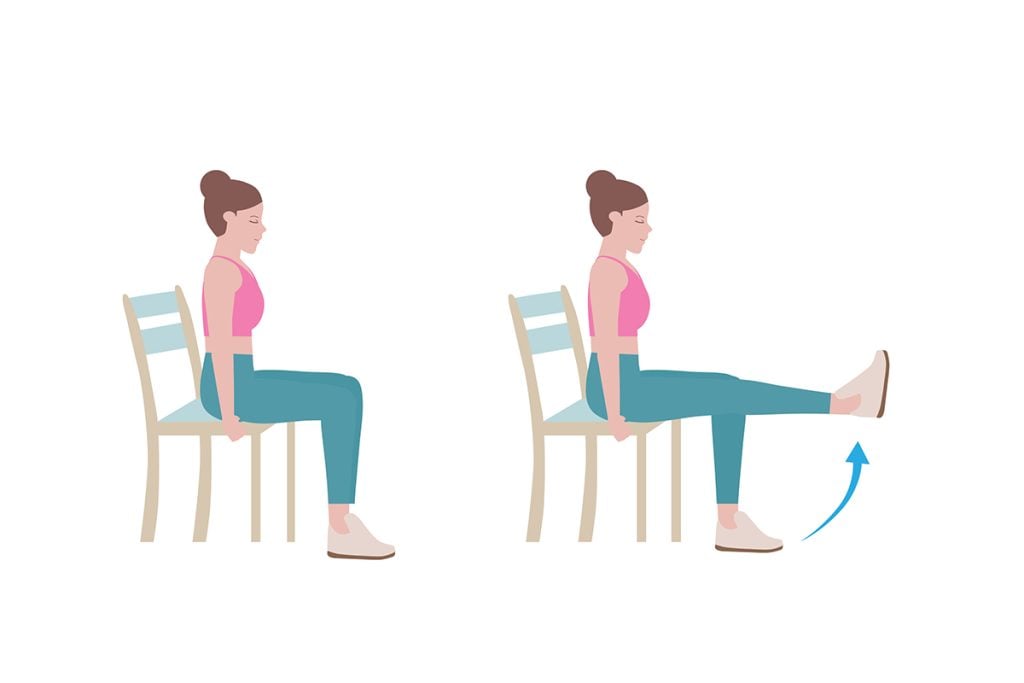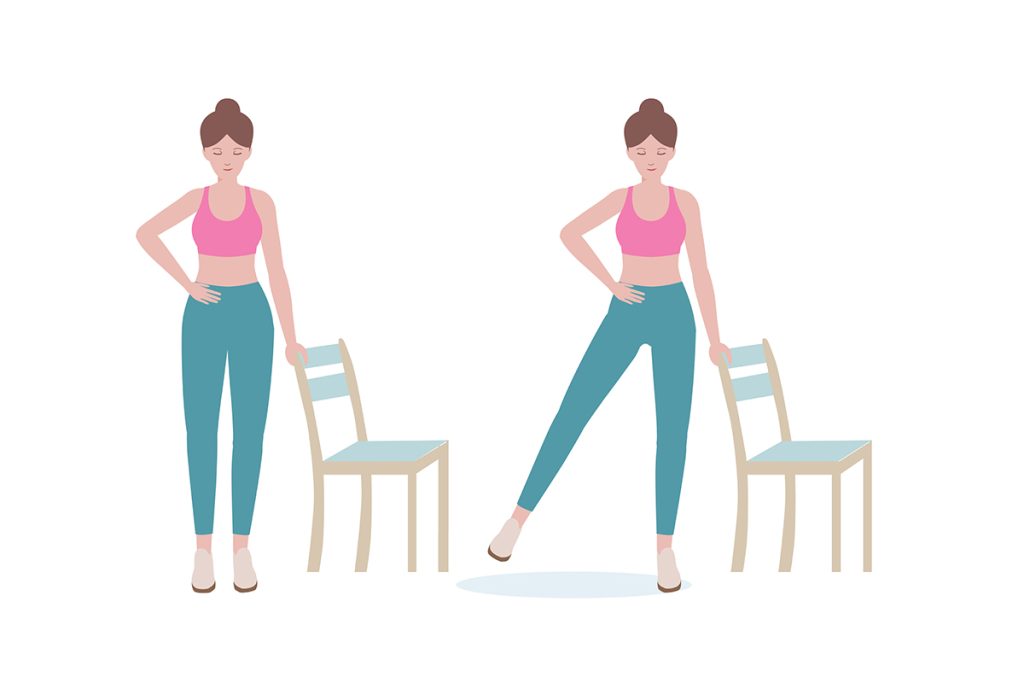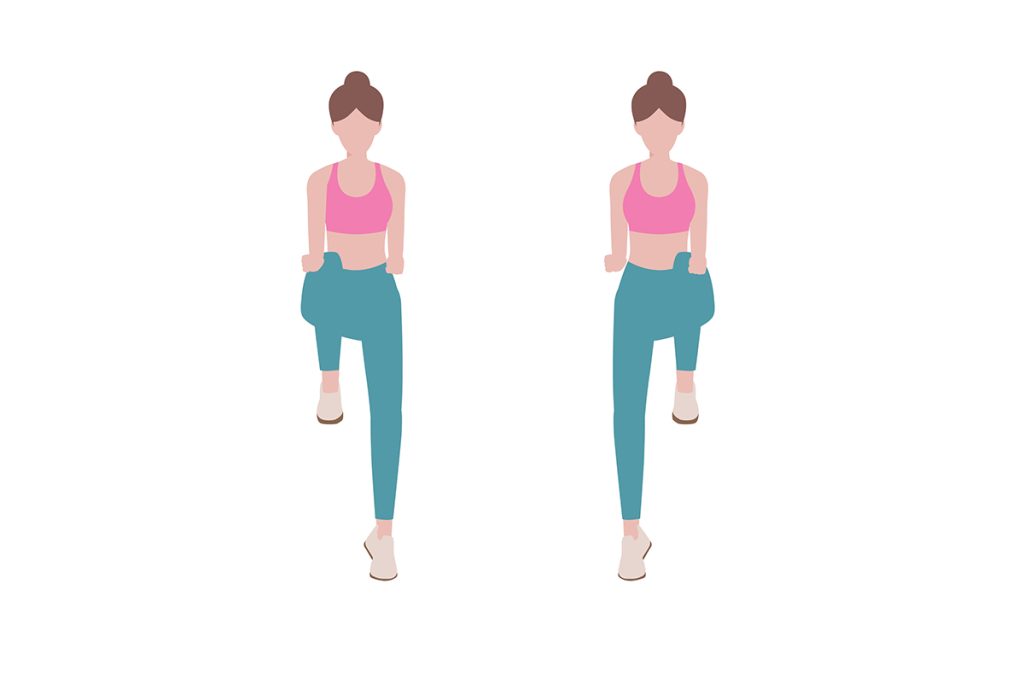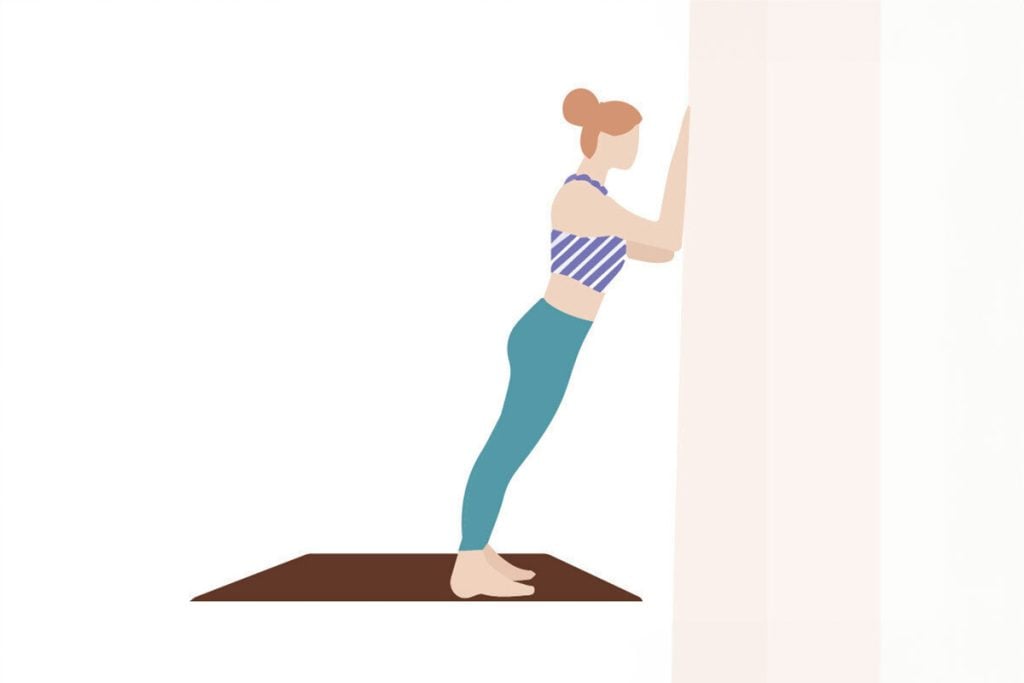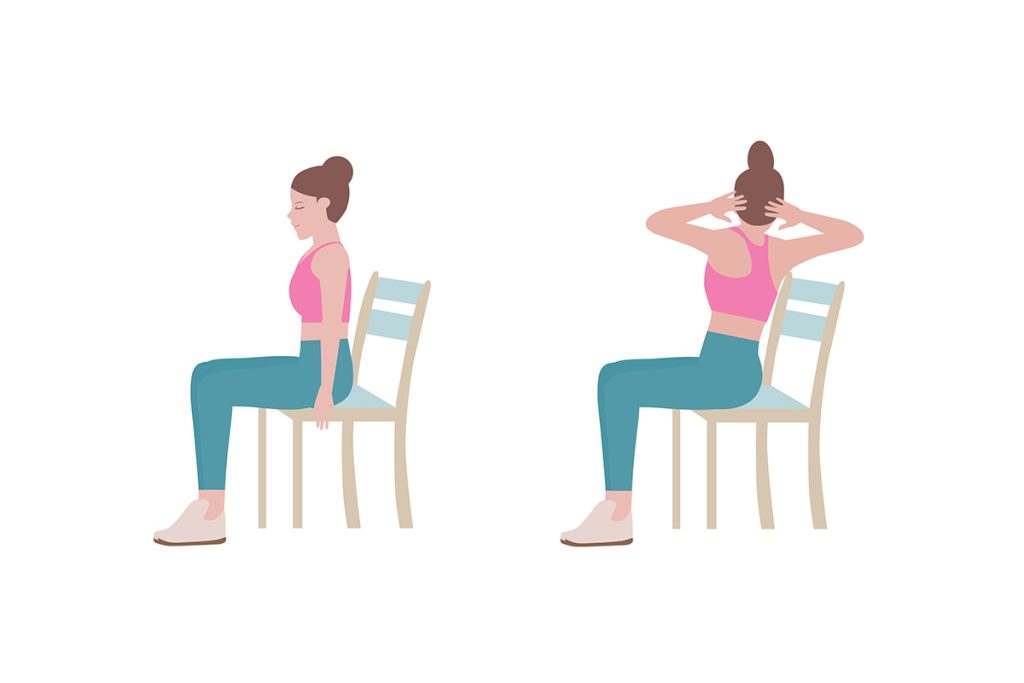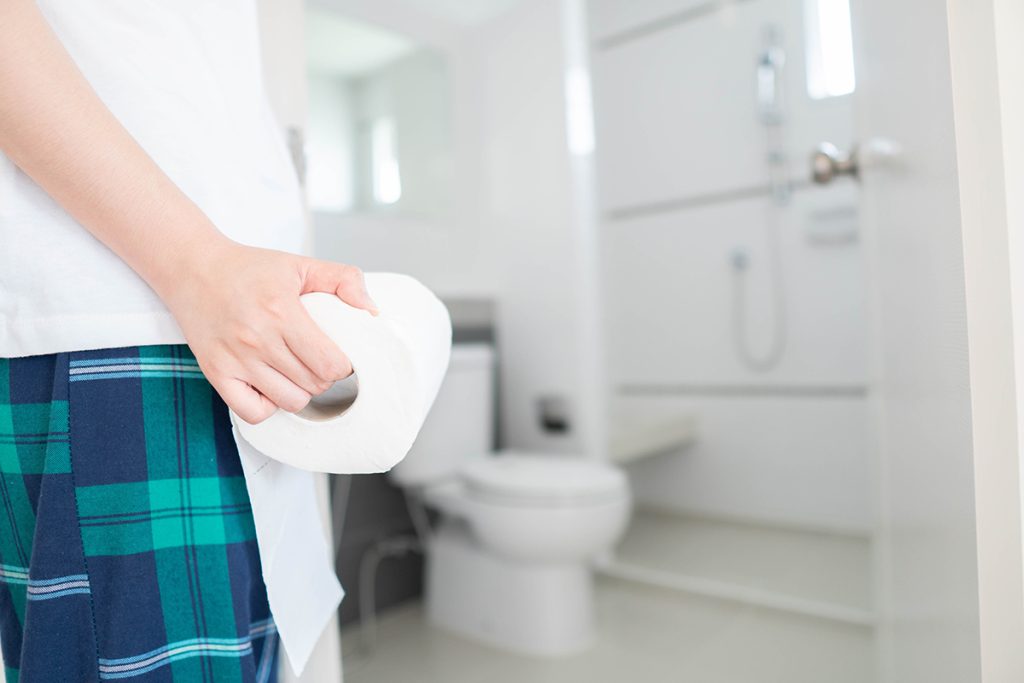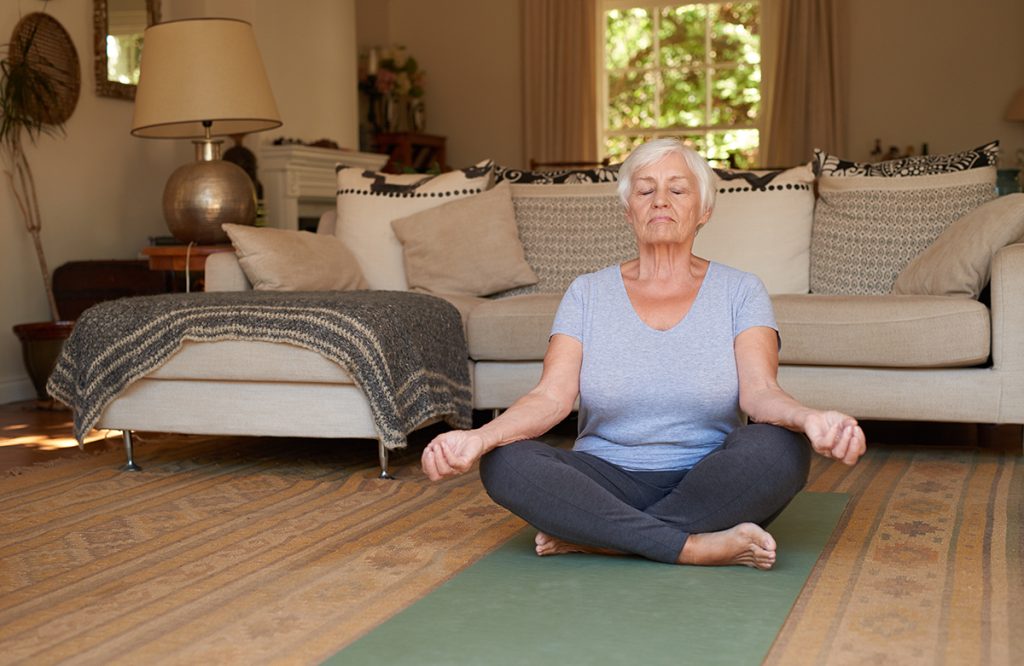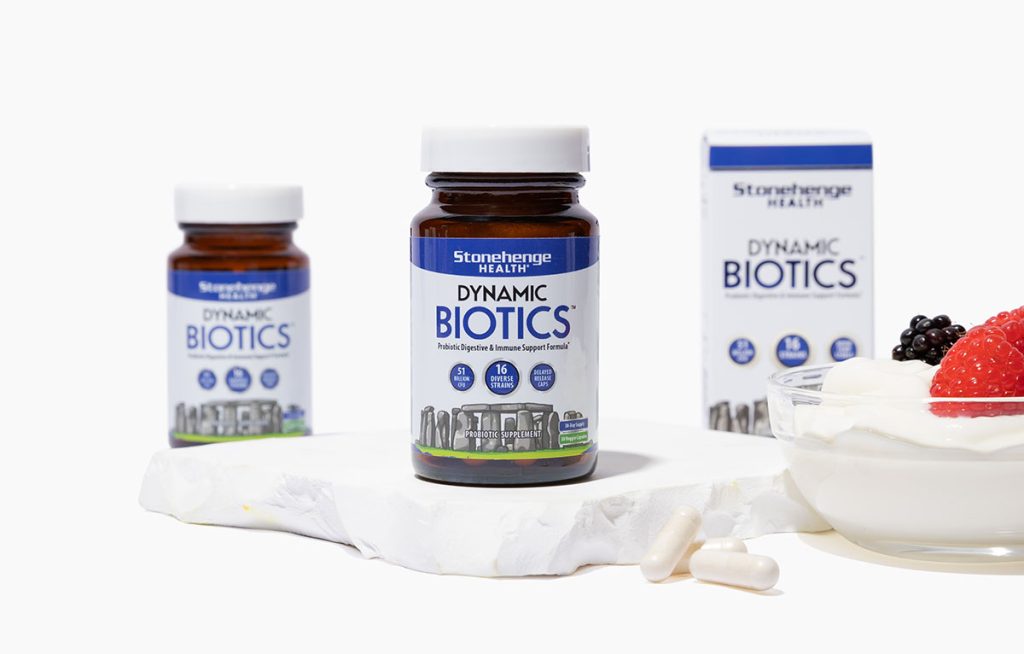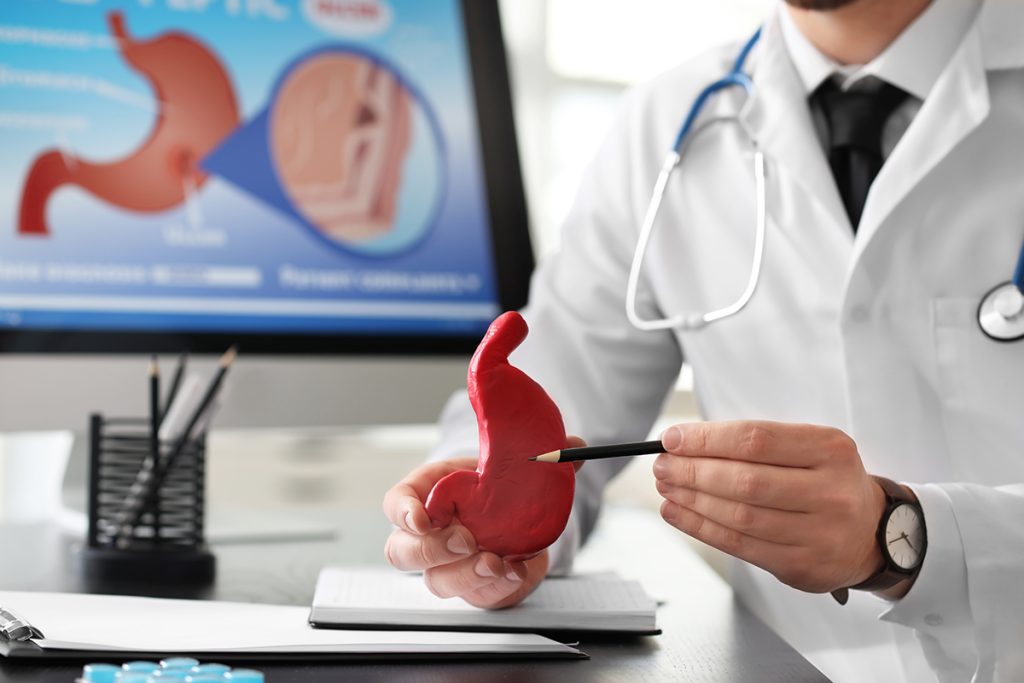
As winter approaches and the temperature drops, many people, especially those who grapple with nerve issues like my mother-in-law, prepare for a season marked by heightened discomfort.
Living in New York, she frequently wore gloves as early as October. Her reason was simple but profound: the cold weather triggered her nerves, intensifying her discomfort. It was a phenomenon I couldn’t ignore, which led me to delve into the science behind why nerve discomfort seems to amplify in the cold.
1. Vasoconstriction

When the temperature drops, your body’s natural response is to conserve heat by constricting blood vessels near the skin’s surface. This reduces blood flow to the extremities, making them colder. The decreased blood flow can affect your nerves, making them more sensitive.
2. Increased Nerve Sensitivity

Cold weather often leads to muscle tightness and stiffness. When muscles constrict and tighten, they can put pressure on nerves.
3. Muscle Tightening
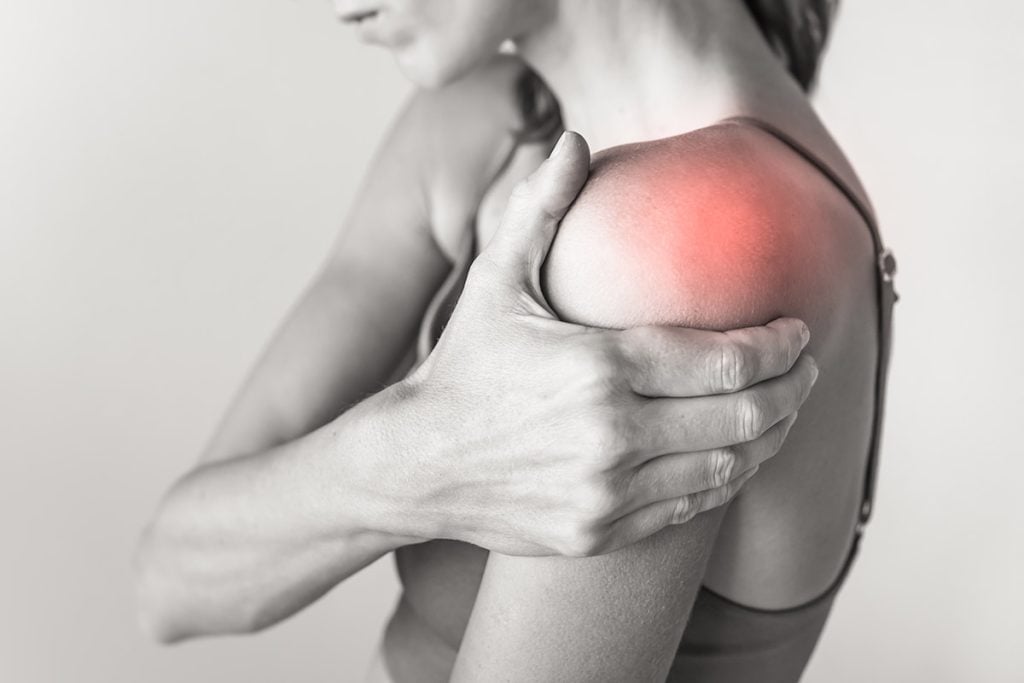
Cold weather often leads to muscle tightness and stiffness. When muscles constrict and tighten, they can put pressure on nerves, further exacerbating nerve pain. This muscle tension can cause a painful feedback loop for people with neuropathy. The discomfort from the tightened muscles adds to the pain already experienced due to nerve damage.
4. Reduced Activity

People tend to become less active in colder weather. This reduction in physical activity can affect blood circulation and nerve health. Physical activity, even low-impact exercise, is essential for maintaining nerve comfort.
5. Depletion of Essential Nerve-Supporting Vitamins

Vitamin D, which plays a crucial role in maintaining robust nerve health, is paramount for nerve health. Sunlight exposure is a vital source of vitamin D production in the body. However, during the winter, reduced sunlight exposure can lead to a significant decline in vitamin D levels, impacting your nerve function.
Scientific studies have extensively documented this connection between vitamin D deficiency and nerve health.1 It’s worth noting that vitamin D is a linchpin in fostering healthy nerves, and its deficiency can have far-reaching effects on nerve function.
In addition to vitamin D, the B vitamins, including B1 (thiamine), B6 (pyridoxine), and B12 (cobalamin), also play an equally essential role in sustaining nerve function and promoting comfort. A deficiency in these B vitamins has been associated with nerve issues such as numbness, tingling, and pins and needles.2
Therefore, maintaining adequate vitamin D and B levels is crucial for nerve health.
Coping with Cold-Induced Nerve Pain
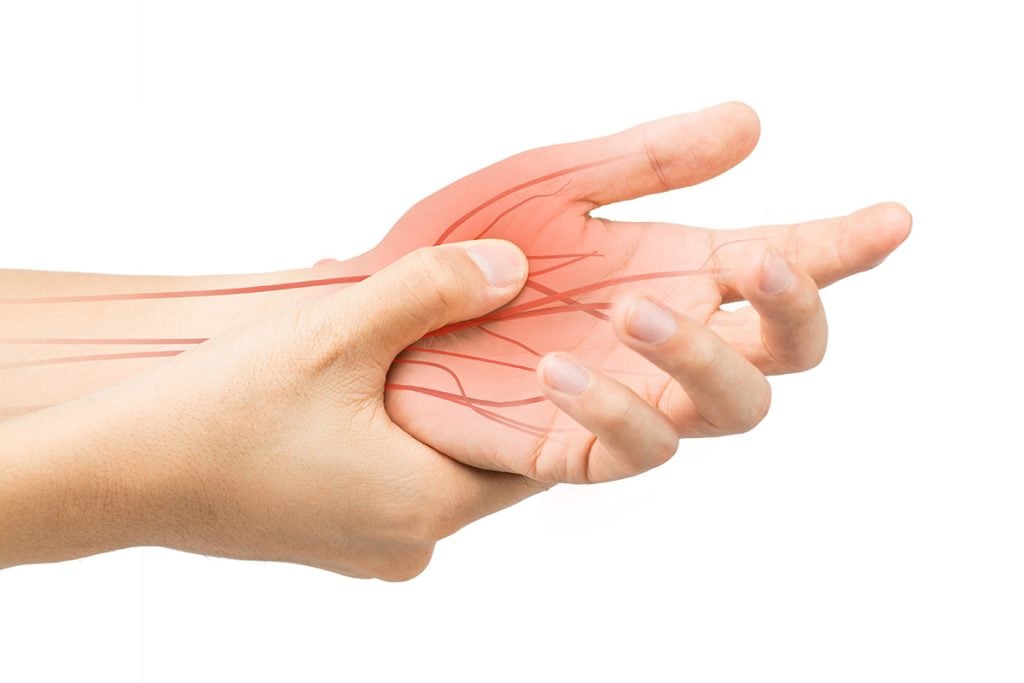
If you or a loved one struggles with neuropathy that intensifies during cold weather, there are strategies to help manage the pain and discomfort:
1. Layering and Warm Clothing

Layer up to keep warm when heading out in cold weather. Use gloves, thick socks, and warm clothing to minimize exposure to the cold. Staying warm can help reduce vasoconstriction and the resulting discomfort.
2. Heating Pads & Warm Baths

Applying heating pads to affected areas or soaking in a warm bath can help relax muscles and relieve nerve pain. Just be cautious not to make the water too hot, which could lead to burns.
3. Regular Exercise
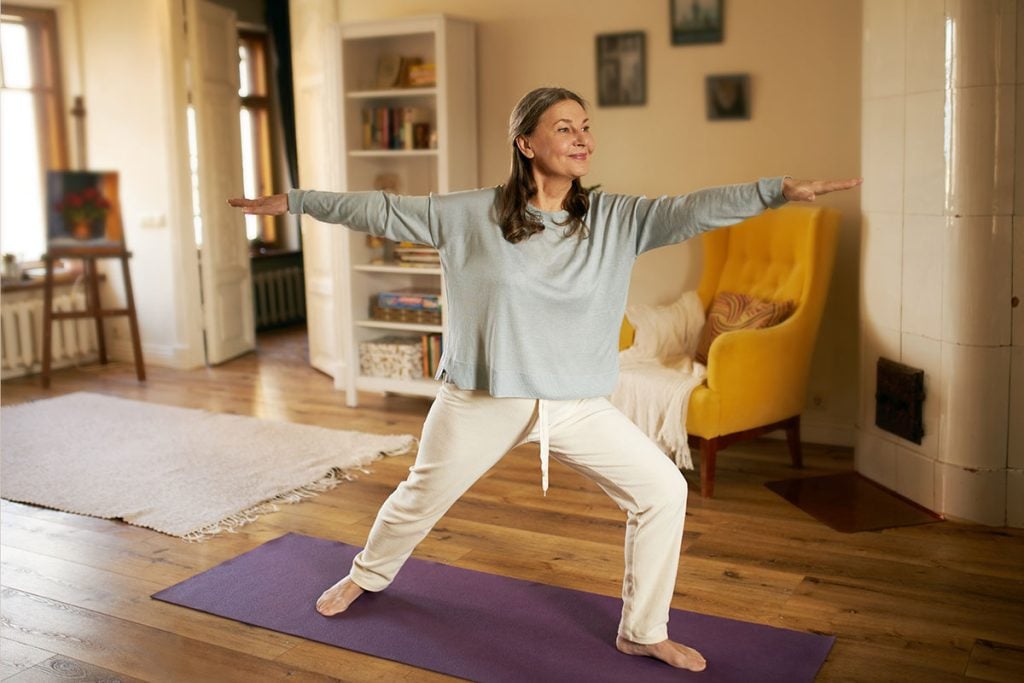
Regular, low-impact exercise can help improve blood circulation, maintain muscle health, and reduce the impact of cold-induced nerve pain. Consult a healthcare professional for exercise recommendations tailored to your condition.
4. Moisturizing Skin

Cold weather can dry the skin, exacerbating nerve pain. Regularly moisturize your skin, paying particular attention to areas affected by neuropathy.
5. Supplementing Your Nerve Health
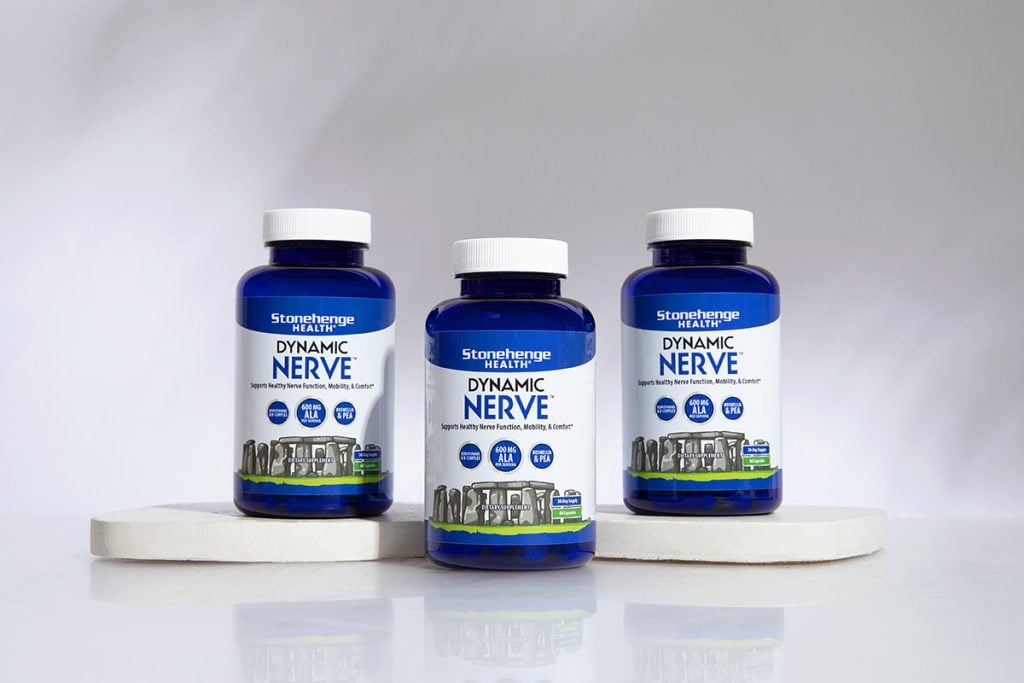
When supporting your nerve health, consider taking a supplement like Stonehenge Health Dynamic Nerve. This remarkable formula addresses nerve discomfort and provides the Vitamin D and B vitamins your nerves need for optimal functioning. *
Dynamic Nerve goes the extra mile by offering 135% of your daily vitamin D requirements. Moreover, its high-dose Vitamin B complex, which includes Benfentomine and Methylcobalamin, supports the maintenance of healthy nerve cells and myelin sheath.*
But does it work?
Absolutely.
And speaking of my mother-in-law, the same one mentioned above, I gave her a few bottles of Dynamic Nerve, and she’s experiencing remarkable success.
“At 89 years old, I had resigned myself to enduring constant nerve discomfort. However, everything changed when I tried Dynamic Nerve. The discomfort and burning are much less, and I only occasionally experience numbness and tingling.* Most importantly, I’m getting much better sleep because I’m not bothered by my nerves.*”
– Diane, New York
Consider trying Dynamic Nerve and discover the support it can bring to your nerve health, just like it did for Diane.*
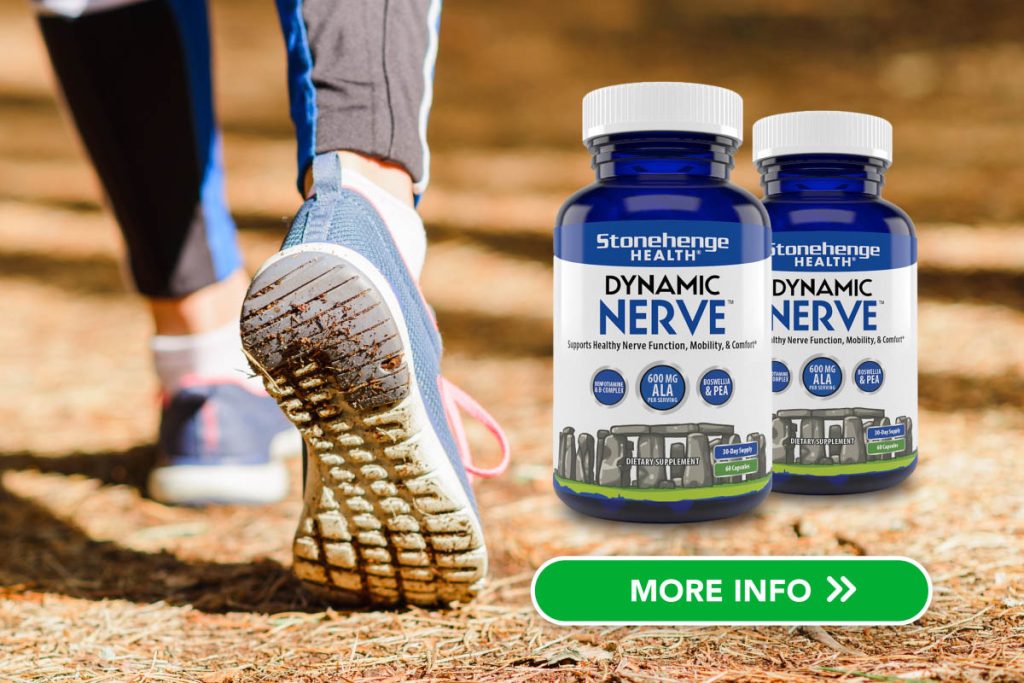
Sources:
1. Holick MF. N Engl J Med. 2007; 357:266-281
2. Zis P, et al.. Nutrients. 2020; 12(1):75)
* These statements have not been evaluated by the Food and Drug Administration. This product is not intended to diagnose, treat, cure or prevent any disease.



